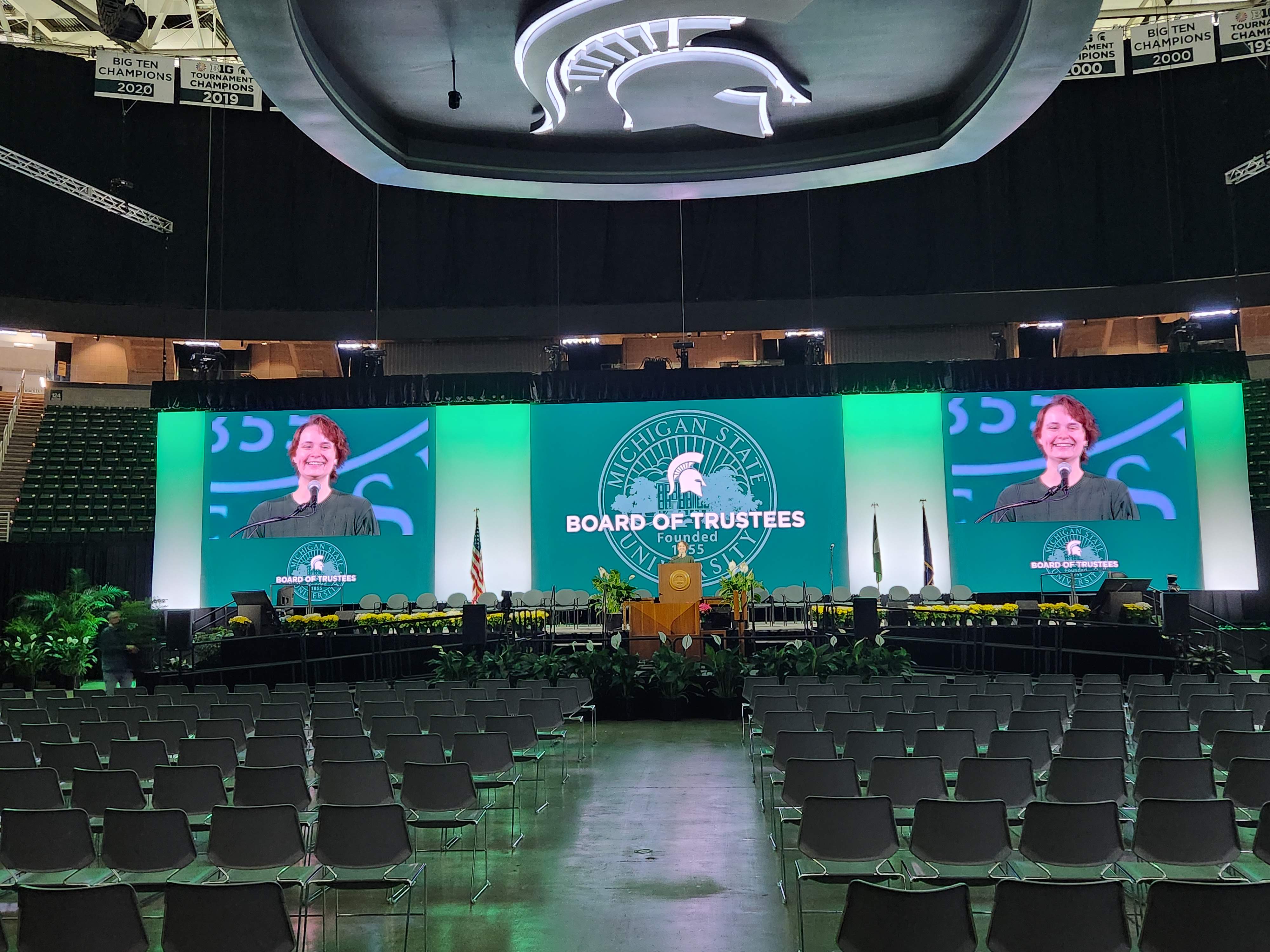EES Guest Speaker - Dr. Matthew Malkowski
This week’s seminar speaker is Dr Matthew Malkowski from The University of Texas at Austin. Please join us Friday March 29, 2024 at 12:30pm in room 204 Natural Science building.
Title:
Linking marine sedimentary records to Cretaceous climate and tectonism in the Patagonian Andes
Bio:
Born and raised in Michigan (and an alum of MSU), Matt Malkowski is now an assistant professor of geology at the University of Texas at Austin. Using both modern and ancient settings, he investigates how sedimentary systems respond to forcings in tectonics, climate, sea level, and human land use. He applies field-, lab-, and model-based approaches to investigate sedimentary basins in Patagonia, Tibet, Japan, Alaska, and California. His talk will highlight research linking tectonism and ocean basin evolution during the Cretaceous time period.
Abstract:
Convergent plate margins are long-lived (10s to 100s of My), dynamic tectonic environments which fundamentally control the distribution of topography, depositional environments, and paleogeography. Because these complex relationships are preserved in the stratigraphic record of ocean basins, we depend on well-constrained sedimentary basins to deconvolve them. However, the inherent processes of contractional orogens (e.g., subduction, uplift, and erosion) undermine the preservation potential of the sedimentary archives that record their evolution, limiting our ability to fully understand feedbacks between tectonic processes, paleoenvironmental conditions, and sedimentary basin evolution. This talk will present geochronology, depositional environments analysis, and geochemistry from an exceptionally well-preserved convergent margin ocean basin stratigraphic record in the southernmost Andes. This protracted basin record spans two plate tectonic regimes, the early Cretaceous Rocas Verdes backarc rift basin and the late Cretaceous Magallanes-Austral foreland basin, and highlights the importance of tectonically inherited spatial variations in basin geometry and lithology on the timing of collision, distribution of depositional environments, and subsidence patterns in successor basin systems. Finally, the Rocas Verdes Basin provides an important Earth history marine archive against a backdrop of global climatic extremes and the opening of the South Atlantic Ocean during the Cretaceous Period. Recent and continuing efforts aim to decouple local versus global geochemical signatures in the Rocas Verdes Basin to evaluate the paleoenvironmental response to tectonic and climatic drivers in a high-latitude ocean basin.


